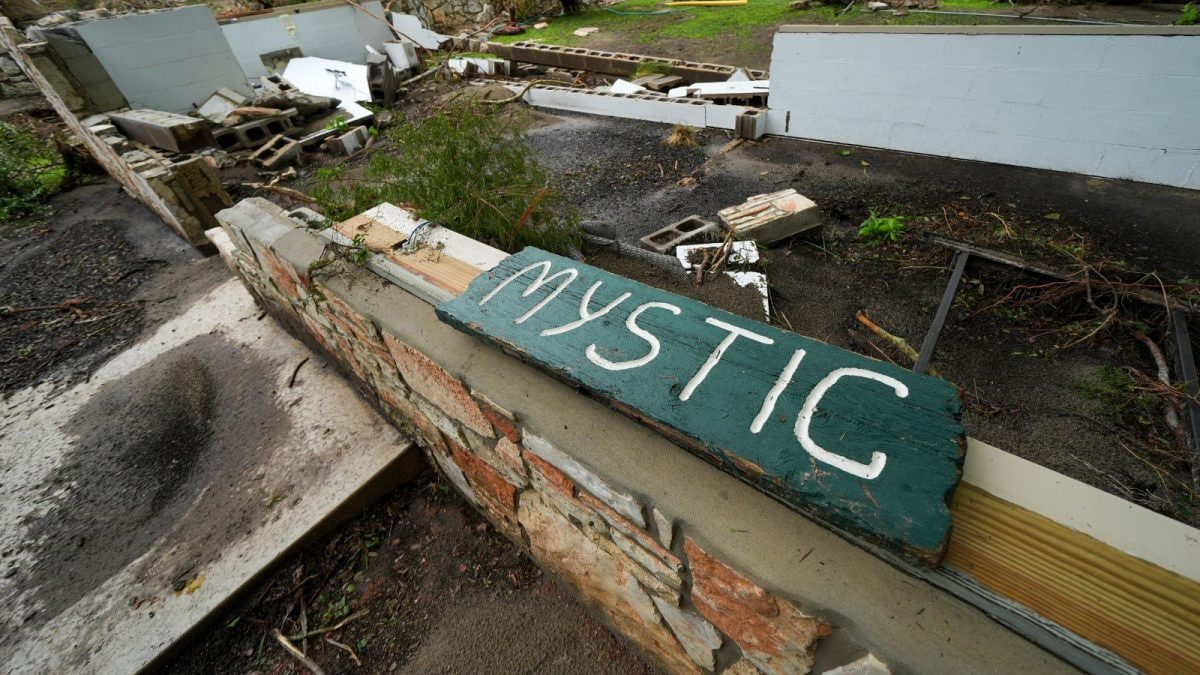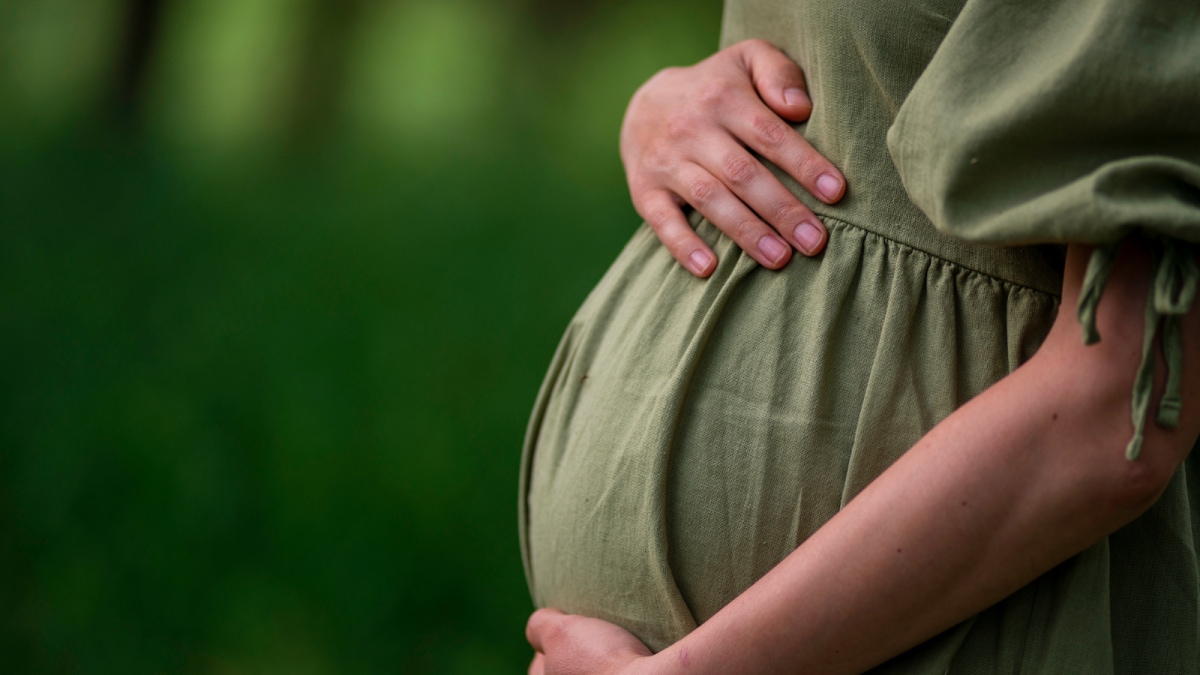Last Updated:July 07, 2025, 13:10 IST
As astronaut Shubhanshu Shukla orbits Earth aboard the Space Station, here's what happens to the waste he and his crewmates generate

Human feces, along with other solid waste, is stored in sealed plastic bags inside specialised waste containers. (News18 Hindi)
When Indian astronaut Shubhanshu Shukla looks down at Earth from the Space Station (ISS), the challenges of space living orbit around him in silence – one of them being something as basic, yet crucial, as waste management. While the idea of drinking recycled water from sweat and urine may sound unpleasant on Earth, in the vacuum of space, it’s everyday life.
Not All Waste Is Equal
Water is one of the most precious commodities aboard the ISS. With limited supplies from Earth and the impossibility of water sources in space, every drop counts. That’s why NASA has equipped the ISS with a sophisticated Water Recovery System (WRS) that reclaims and purifies water from astronauts’ urine, sweat, and even the moisture from their breath.
The process is layered and rigorous, involving filters, chemical treatments, and purification units that ensure the water is completely safe to drink. In fact, NASA has long claimed that the recycled water on the ISS is often purer than what many people drink on Earth.
But there’s a boundary even advanced technology doesn’t yet cross; human feces. Contrary to popular assumptions, solid excreta is not recycled.
What Happens To Poop In Space?
Human feces, along with other solid waste, is stored in sealed plastic bags inside specialised waste containers. These are kept in a designated waste storage area aboard the station until they can be disposed of.
Once every few months, typically every 30 to 90 days, a cargo spacecraft arrives with fresh supplies for the astronauts. When it departs, it carries back bags of trash, including feces and other organic waste. These garbage-filled vessels are intentionally directed to burn up as they re-enter Earth’s atmosphere, turning waste into ash before it ever reaches the ground.
This incineration process is the current standard for waste disposal on the ISS, a fiery end to the most human of byproducts.
What If An Astronaut Vomits In Space?
Many astronauts suffer from space adaptation syndrome, essentially space motion sickness, especially during the first few days in orbit. The disorienting effects of microgravity can lead to nausea, headaches, fatigue, and vomiting.
To prepare for this, astronauts carry “space sickness bags", also known as barf bags, designed specifically for zero gravity. These bags are lined with absorbent material to prevent leakage and are sealed tightly after use. Like feces, these bags are then stored in the waste collection area and ultimately disposed of aboard cargo ships that burn up during atmospheric reentry.
A Future Of Feces Recycling?
While feces is currently jettisoned, NASA isn’t ruling out the possibility of recycling it someday. In fact, the agency is actively encouraging innovation in this area.
Through a global competition called the Lunar Loo Challenge, NASA has invited scientists, engineers, and startups to design systems that can convert biological waste – including feces, urine, and vomit – into usable resources like water, energy, or even fertiliser. The challenge carries a prize pool of $3 million (approx. Rs 25–26 crore).
The goal? To develop sustainable life-support systems for long-term missions to the Moon or Mars, where resupply from Earth will be rare and recycling will be vital to survival.
Location : First Published:News world What Happens To Poop, Pee And Puke In Space? Inside ISS's Hidden Waste System

 7 hours ago
7 hours ago
















